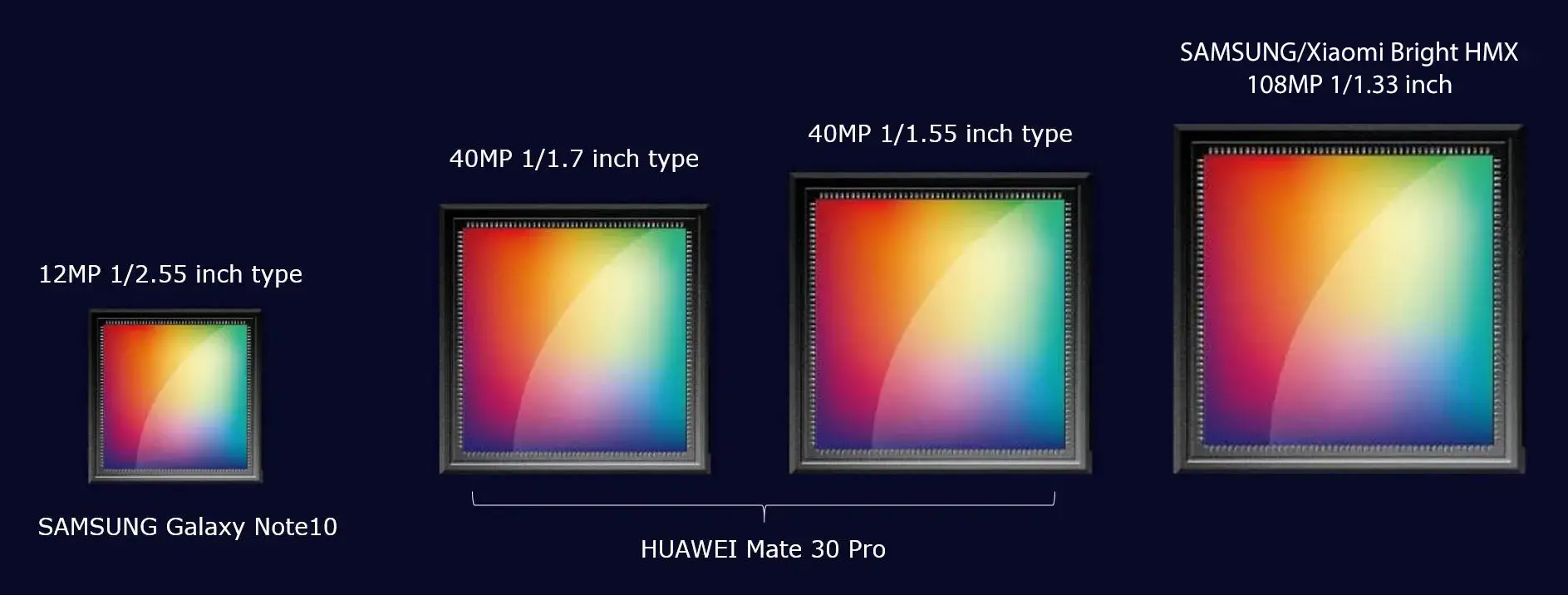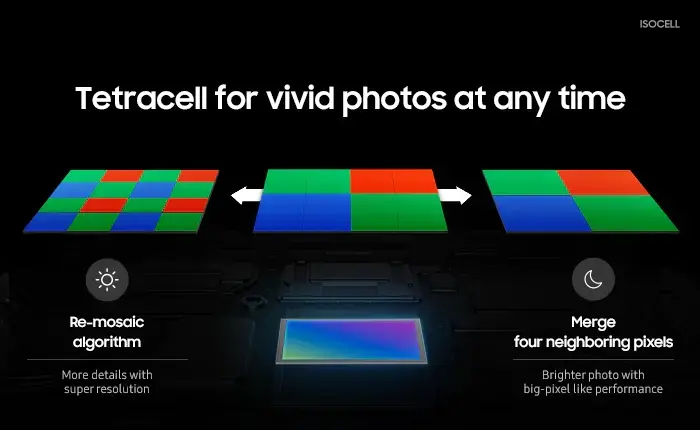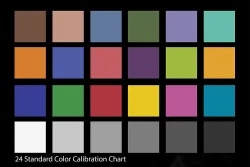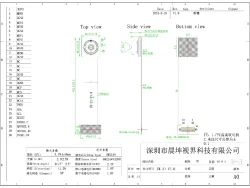New camera technology ISOCELL Bright HMX sensor released by Samsung be used on Xiaomi Mi 10
2021-07-14
Speaking of 100 million pixels, perhaps the first thing you think of is the medium format cameras that are active in photo studios or advertising studios. Although they are huge in size, they have excellent imaging quality, but the price of 100,000 yuan and complicated operations make them difficult to enter the homes of ordinary people. More importantly, because of the large pixel quantity of 100 million pixels need the storage of more information, a photo occupies dozens of MB of capacity, which is not only difficult to use in daily life, but also inconvenient during sharing and storage. So this type of camera will generally only appear in professional shooting scenes.
Until the emergence of Xiaomi Mi CC9 Pro, it quickly narrowed the distance between ordinary users and 100 million pixels, allowing users to feel for the first time the details of photos that could not be presented by tens of millions of pixels. After the release of Mi 10 and Mi 10 Pro, models with standard 100-megapixel cameras will flood into more and more homes, bringing users a revolutionary shooting experience. Of course, all of this must start with the ISOCELL Bright HMX (later replaced by HMX) sensor released by Samsung.

On August 12, 2019, Samsung announced the launch of a new 108-megapixel HMX sensor, which is also the first sensor in the mobile phone industry to reach billions of pixels. As a billion-level CMOS, HMX has a 1/1.33 inch outsole design, and its size is larger than the previous multiple pixels CMOS such as Samsung GW1 and Sony IMX486. It should be known that the larger the photosensitive element, the more photons that can be captured, the better the photosensitive performance, which can bring more delicate picture quality, and the higher the resolution. However, in the limited volume of mobile phones, the area of the photosensitive element is obviously limited, which also limits the size of a single pixel and the number of pixels. We can regard the area of the photosensitive element as a bowl, and each pixel is like a sugar. With a certain volume of the bowl, you can choose smaller but more sugar (multiple pixels orientation), or larger but less granular sugar (large-size pixel orientation). The former will bring clearer camera details, and the latter will bring better imaging performance in low-light environments. It is precisely because of the need to balance the relationship between pixels and pixel size, manufacturers often choose the "golden mean" approach to achieve a balance between the number of pixels and pixel size, so naturally they can't let go of their hands and feet in the pursuit of multiple pixels.
The Mi 10 Pro has an HMX sensor from Samsung, which can take up to 108 million pixels of photos.
Until 2017, Samsung introduced Tetracell technology. Unlike traditional RGB (red, green, and blue) sensors, in image sensors equipped with four-pixel composite technology, every four pixels with the same color filter are tight. Arranged tightly together. When the mobile phone is shooting in low-light conditions, the algorithm combines the information and data in each group of pixels, and finally converts four smaller pixels into one larger pixel to improve the sensitivity performance. In high-light conditions, the four-pixel synthesis technology remaps the pixels and transforms them into the traditional RGB mode through an algorithm called "Re-mosaic" (Re-mosaic) to generate high-resolution photos.

Four-pixel synthesis can combine four pixels into one in a dark environment, thereby improving sensitivity.
When the larger sensor area is integrated with the more mature Tetracell technology, the Mi 10 Pro can output 27 million pixels in low-light environments, bringing higher screen brightness. It can output 100 million pixels in a well-lit environment to bring more detailed photos. It is worth mentioning that, compared with the CC9 Pro previously released, the Xiaomi Mi 10 Pro is completely free from the phenomenon of too long photo generation time, multi-camera switching lag, etc. This is because after replacing the Snapdragon 865 flagship processor and ISP, Data throughput performance is finally no longer the bottleneck of 100 million pixels.

In a well-lit environment, the sensor will remap the pixels to improve clarity.
In addition, in order to improve the convenience of storage and sharing, Xiaomi Mi 10 Pro also supports a new image encoding format—HEIF format, which can support a higher compression ratio and only needs about half the volume of JPEG while maintaining image quality. This is of great help to users' growing number of photos. In addition, the HEIF format also supports some new photo features, such as depth information, dynamic photos, HDR, etc., which are already quite common in current mobile phone photography.




